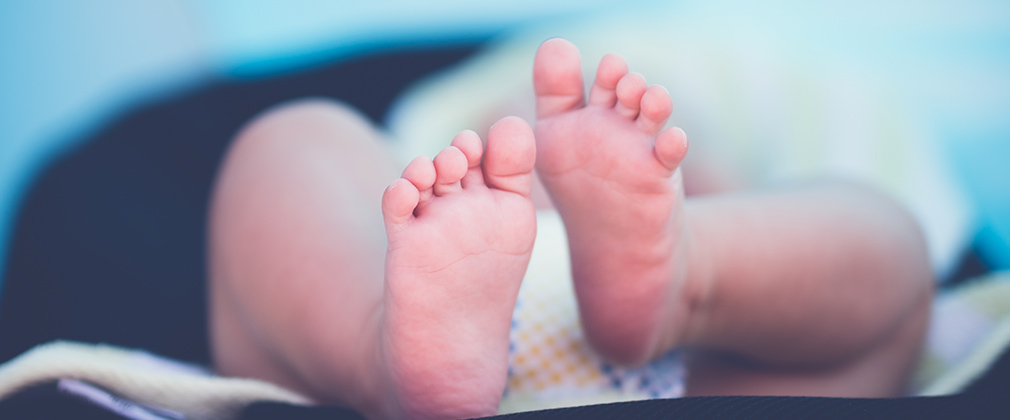Fertility Acupuncture

Acupuncture can do many things to increase the chances of achieving pregnancy. It can: (Regulate the Menses) Controlling irregular menstruation can enable couples to better predict the time of ovulation. It is important for a woman to ovulate at the optimal time so that the body is prepared to transport the egg and receive the embryo. (Increase the Uterine Lining) Acupuncture can increase the blood flow to the uterus, resulting in a thicker uterine lining, creating a more nurturing environment for an embryo to implant. (Improve Sperm) Separate studies have shown that acupuncture can increase sperm count, sperm motility, and the percentage of sperm that are normal within a given sample. (Prevent Miscarriage) Acupuncture is known to help secure a fetus and prevent a miscarriage.
In conjunction with In-Vitro Fertilization (IVF), acupuncture may help: (Regulate the Hormones) This is important because a woman’s hormone levels must fall within a desired range in order to continue with treatment. (Increase the Likelihood of Implantation) A study conducted in Germany found that women who underwent the traditional IVF protocol, became pregnant at a rate of 26%. Women who also received acupuncture in addition to the traditional treatment had a 43% rate of success.
Fertility Research
Influence of Acupuncture on the pregnancy rate in patients who undergo assisted reproductive therapy.
Fertility & Sterility, Vol.77, No. 4, April 2002.
The
study evaluated the effect of acupuncture on the pregnancy rate in
assisted reproduction therapy (ART) by comparing a group of patients
receiving acupuncture treatment shortly before and after embryo transfer
with a control group receiving no acupuncture. A group of 160 patients
were divided into two groups through random selection: embryo transfer
with acupuncture (n=80) and embryo transfer without acupuncture (n=80).
Clinical pregnancies were documented in 34 of 80 patients in the
acupuncture group, whereas pregnancy rate was only 26.3% (21 out of 80
patients) in the control group. This significant effect of acupuncture
was re-confirmed in 2006 as Fertility & Sterility published two
similar studies that showed a 13% and 18% implantation success rate in
the acupuncture groups over the control groups.
Effects of electro-acupuncture on anovulation in women with polycystic ovary syndrome.
Acta Obstet Gynecol Scand, Vol. 79, No. 3, March 2000.
The
study was designed to evaluate if electro-acupuncture (EA) could
affectoligo-/anovulation and related endocrine and neuroendocrine
parameters in women with polycystic ovary syndrome (PCOS). Twenty-four
women (between the ages of 24 and 40 years) with PCOS and
oligo-amenorrhea were included in this non-randomized, longitudinal,
prospective study. The study period extended from 3 months before the
first EA treatment, to 3 months after that last EA treatment (10-14
treatments), in a total of 8-9 months. The conclusion of the study was
that repeated EA treatments induce regular ovulations in more than one
third of the women with PCOS. For the selected group, EA offers an
alternative to pharmacological ovulation induction.
Acupuncture & IVF poor responders: A cure?
Fertility & Sterility, Vol. 81, Supplement 3, April 2004.
The
study found a significant increase in IVF pregnancy rates with patients
who received acupuncture (40% increase). This study did not have
exclusion criteria. Results of the study found that poor responders that
received acupuncture had the same pregnancy rates as normal prognosis
patients and then went on to show that the acupuncture group had a
higher live birth rate than the good prognosis patients.
Reduction of blood flow impedance in the uterine arteries of infertility women with electro-acupuncture.
Human Production, Vol.11, No.6, 1996.
The
study found that local acupuncture with electro-stimulation could
normalize the blood flow to the reproductive organs, which is
particularly useful in older women, poor responders and women with thin
endometrial lining. Treatments were given twice a week for 4 weeks
leading up to an IVF cycle and tests revealed that uterine artery blood
flow increased dramatically within this time and led to a thicker
endometrial lining.
Medical Acupuncture, a Journal for Physicians by Physicians, Spring/Summer Vol. 12, No. 3, 2000.
A
similar study showed that acupuncture with electro-stimulation
increased the number of follicles significantly in women who had been
labeled as poor responders. Acupuncture treatments were conducted on
infertile women undergoing intracytoplasmic sperm injection.
Quantitative evaluation of spermatozoa ultrastructure after acupuncture treatment for idiopathic male infertility.
Fertility & Sterility Vol.84, No. 1, July 2005.
The
study showed that subfertile men who received acupuncture treatments
twice a week for 5 weeks had improved sperm quality and motility. The
median percentage and number of healthy sperm in the total ejaculate
increased with significant improvements in acrosome and nuclear position
and shapes. Progressively mobile sperm increased from a mean percentage
of 44.5% to 50% to the improvement of axonemal pattern, axonemal shape
and accessory fibers.